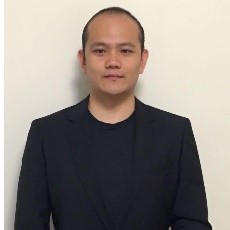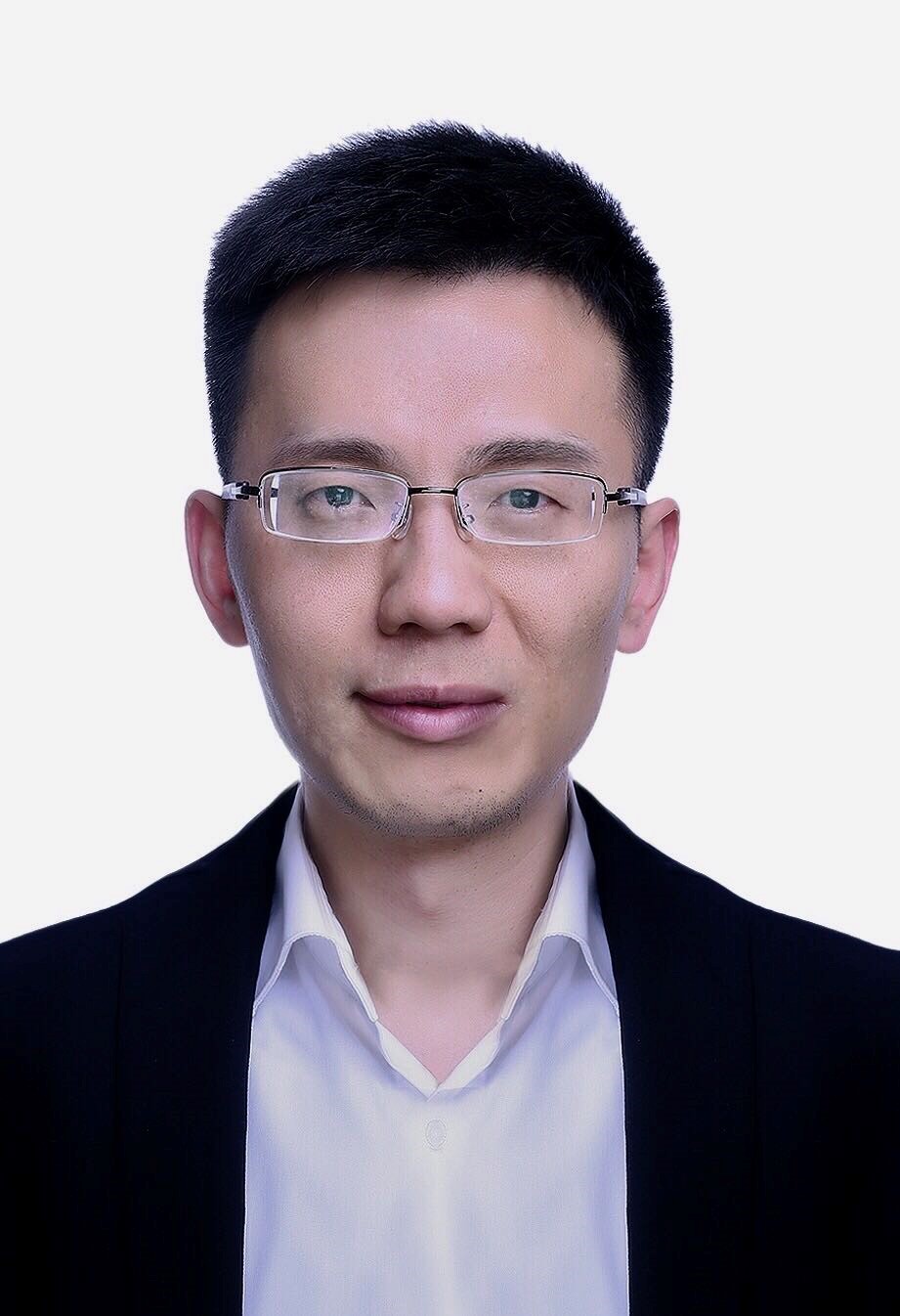- 学术动态
报告时间:2021年11月24日(周三)下午15:00
报告地点:莫干山校区图书馆B510会议室
邀 请 人:金属材料与表面工程研究所 郑国渠 教授
报告题目一:分子材料原位组装及在肿瘤治疗中的应用
报 告 人:西湖大学 王怀民 研究员

![]()
报告人简介:
王怀民,西湖大学,研究员,国家优青。课题组一直从事生物有机分子尤其是多肽类材料和药物的设计及其在再生医学、组织工程、化学生物学等领域的研究,发展了小分子自组装体系在药物传输、细胞命运控制、活体组装、重要细胞活动检测等方面的研究。研究成果受到国内外同行专家的关注和广泛认可。到目前为止,在SCI收录期刊上发表论文80余篇,包括40多篇第一作者文章和通讯作者论文。包括 Chem. Soc. Rev., J. Am. Chem. Soc, Angew. Chem. Int. Ed., Adv. Mat., 等国际高水平杂志的论文。论文他引大于4000余次,个人h-index为40。长期担任Nature communications, Advanced materials, Advanced functional materials, Acs Nano, Angewandte Chemie, Nano today, Nanoscale 等多种国际著名SCI期刊审稿人。
报告内容摘要:
通过多肽自组装策略构建功能性生物材料在近些年得到了越来越多的关注。除了体外利用生物相容性策略构建多种多肽材料,利用细胞或者活体内源性刺激因素诱导多肽原位组装,从而形成功能性结构得到了越来越多的关注。这个报告首先会简要介绍课题组在原位构建功能多肽组装体方面的进展,接着重点详述课题组如何利用细胞内吞途径构建特异性靶向溶酶体的多肽自组装体系。并利用这种策略初步实现癌细胞的选择性抑制和改善现有抗癌药物的耐用性。
报告题目二:Aluminum Work Hardening Enabled Three-dimensional Lithography and Its Emerging Applications
报 告 人:西湖大学 文燎勇 研究员

报告人简介:
文燎勇,西湖大学工学院研究员,博士生导师。2016年在德国伊尔梅瑙工业大学应用物理系获得博士学位,2016年2月-2019年9月分别在德国伊尔梅瑙工业大学和美国康涅狄格大学从事博士后研究工作。2019年9月加入西湖大学工学院。近年来主要从事于新型三维微纳米压印制造技术和激光加工技术及其在光电转换、柔性电子、新能源等方面的研究工作,迄今以第一和通讯作者身份在Nature Nanotechnology, Energy & Environmental Science, Nature communication, ACS Nano, Advanced Energy Materials, Nano Letters, Advanced Functional Material等国际权威期刊发表SCI收录论文30余篇,所发表文章被引用超过2000次,论文H指数为25。
报告内容摘要:
Bionic three-dimensional (3D) micro/nanostructures, due to their excellent physical and chemical properties, have been widely used in electronics, fluidics, sensing, and photonics. Herein, inspired by the well-known aluminum work hardening phenomena in plastic deforming, a sequential nano-micro-millimeter deforming process was employed to generate multiscale 3D patterns on the aluminum surface successfully. By combining with a proper anodization, 3D anodized aluminum oxide templates were obtained, which can be employed as a cost-effective 3D lithography technique for the construction of customizable 3D architectures. This distinctive technique not only opens new opportunities for rapid prototyping of desired 3D architectures on a large-scale, but also provides guidance for the quantitative analysis of the structure-property relationship and pursues excellent performance devices in many fields, such as flexible sensing and light controlling.



